On October 24, the Government issued Decree No. 139 regulating procedures for intercepting, accompanying, and forcing aircraft violating Vietnam's airspace to land at airports.
Offending aircraft were intercepted and escorted.
The Decree clearly states that aircraft are intercepted when they violate Vietnam's airspace. Aircraft are escorted when they violate flight permits.
The Decree stipulates that aircraft intercepting or accompanying aircraft violating Vietnam's airspace shall be conducted in the following manner: Aircraft intercepting or accompanying aircraft shall approach the violating aircraft from the left or right rear, in accordance with maneuvering and observation conditions.
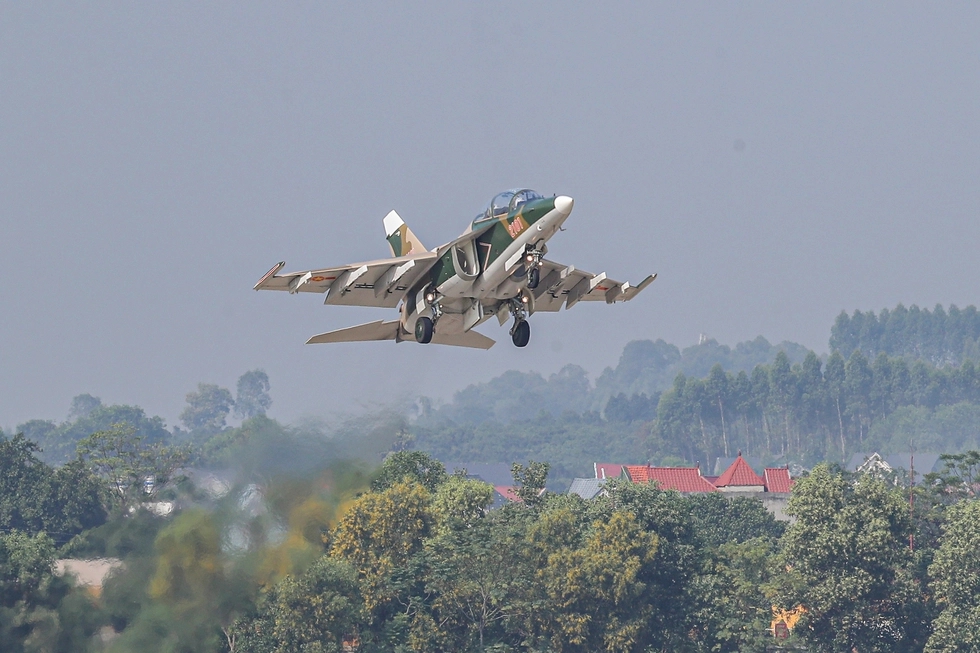
A Vietnam Air Force plane takes off (Photo: VGP).
Then, set the appropriate speed and distance to ensure safety, issue signs, signals and actions; at the same time ensure that the pilot (crew) of the violating aircraft can receive signs, signals and actions from the intercepting and accompanying aircraft.
After the violating aircraft receives the necessary information and stops the violation, the intercepting and accompanying aircraft leave the area.
Cases of aircraft being forced to land
At the same time, the Decree also clearly states that aircraft are forced to land at airports if they fall into one of the following two cases: An aircraft flying in Vietnam's airspace is illegally interfered with; An aircraft violating Vietnam's airspace is intercepted or accompanied by aircraft but does not comply with the actions of the Vietnam People's Army aircraft that is intercepting or accompanying.
Aircraft flying to approach aircraft violating Vietnam's airspace must approach the violating aircraft from the left or right rear, in accordance with maneuvering and observation conditions.
Then set the appropriate speed and distance to ensure safety, issue signs, signals and actions; at the same time ensure that the pilot (crew) of the violating aircraft can receive the signs, signals and actions requesting landing at the designated airport or aerodrome.
After the violating aircraft lands safely at the designated airport or aerodrome, the aircraft must force its way out of the area or land according to the orders of the military flight commander.
Forces performing interception, escort, and coercive flights against violating aircraft
The Decree stipulates that the forces performing interception, escort, and forcing aircraft to land at airports are: Aircraft, forces on combat duty of units under the Ministry of National Defense , and the coordination of forces managing civil aviation flight operations.
Based on the specific situation of each type of violating aircraft and the violating area, the competent authority shall decide to use the force on combat duty in the appropriate area to intercept, accompany, or force the violating aircraft to land.
The Decree also stipulates the conditions for designated airports and airfields. Accordingly, airports and airfields must meet technical conditions to ensure the landing of violating aircraft; the terrain of the airport area is suitable for circling and approaching the airport area to land; and the violating aircraft has enough fuel to reach the designated airport for landing. Priority is given to landing at airports with civil aviation activities.
The Decree also clearly states that when an aircraft violates the command of an intercepting, accompanying, or forcing aircraft to land at a designated airport or airfield, causing a risk of insecurity to an important target or affecting national defense and security, the handling shall be carried out in accordance with the regulations on handling air defense combat situations of the Ministry of National Defense.
This Decree comes into force from December 9, 2024.
Source: https://www.baogiaothong.vn/tau-bay-vi-pham-vung-troi-viet-nam-se-bi-can-thiep-nhu-the-nao-192241025171408891.htm




![[Photo] VinUni students' emotions are sublimated with "Homeland in the Heart: The Concert Film"](/_next/image?url=https%3A%2F%2Fvphoto.vietnam.vn%2Fthumb%2F1200x675%2Fvietnam%2Fresource%2FIMAGE%2F2025%2F11%2F26%2F1764174931822_10-3878-jpg.webp&w=3840&q=75)

![[Photo] Close-up of heavy damage at the school located on the banks of the Ban Thach River](/_next/image?url=https%3A%2F%2Fvphoto.vietnam.vn%2Fthumb%2F1200x675%2Fvietnam%2Fresource%2FIMAGE%2F2025%2F11%2F26%2F1764152130492_ndo_bl_img-8188-8805-jpg.webp&w=3840&q=75)







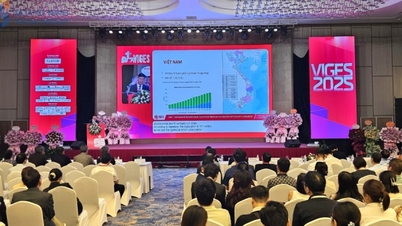








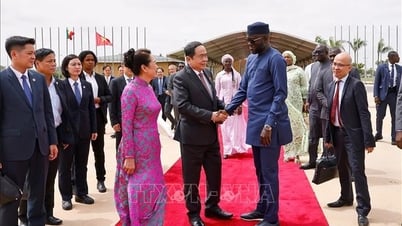











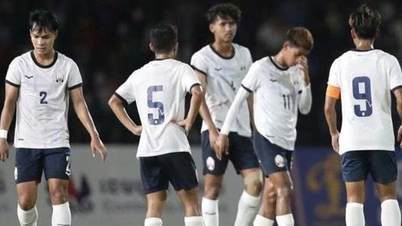
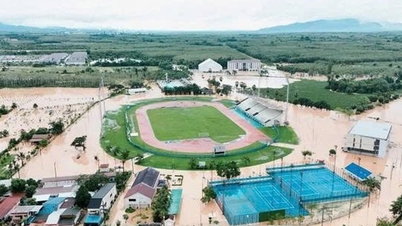





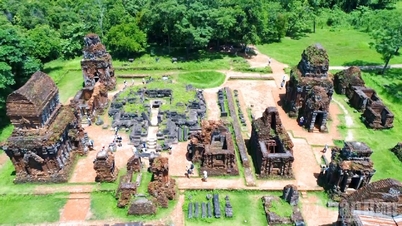

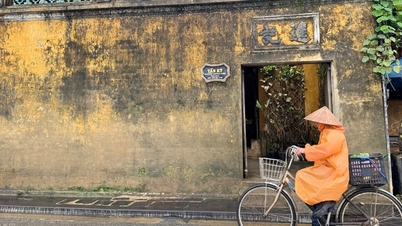


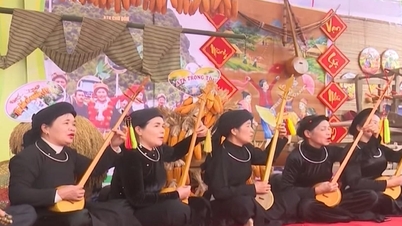

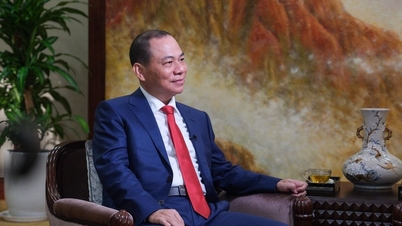



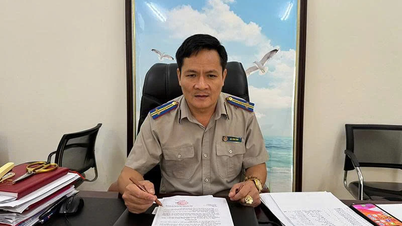





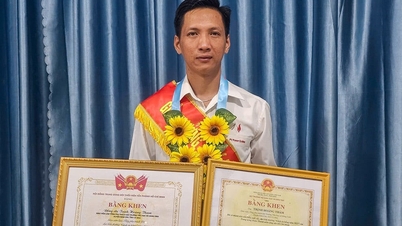

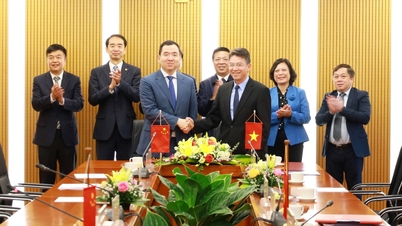


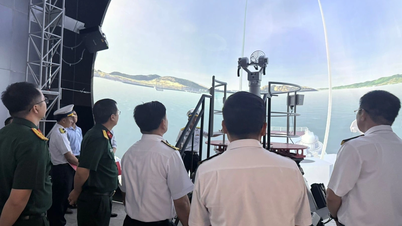


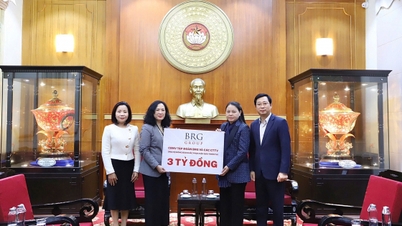

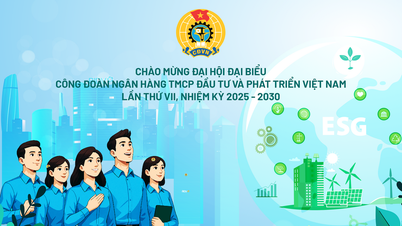
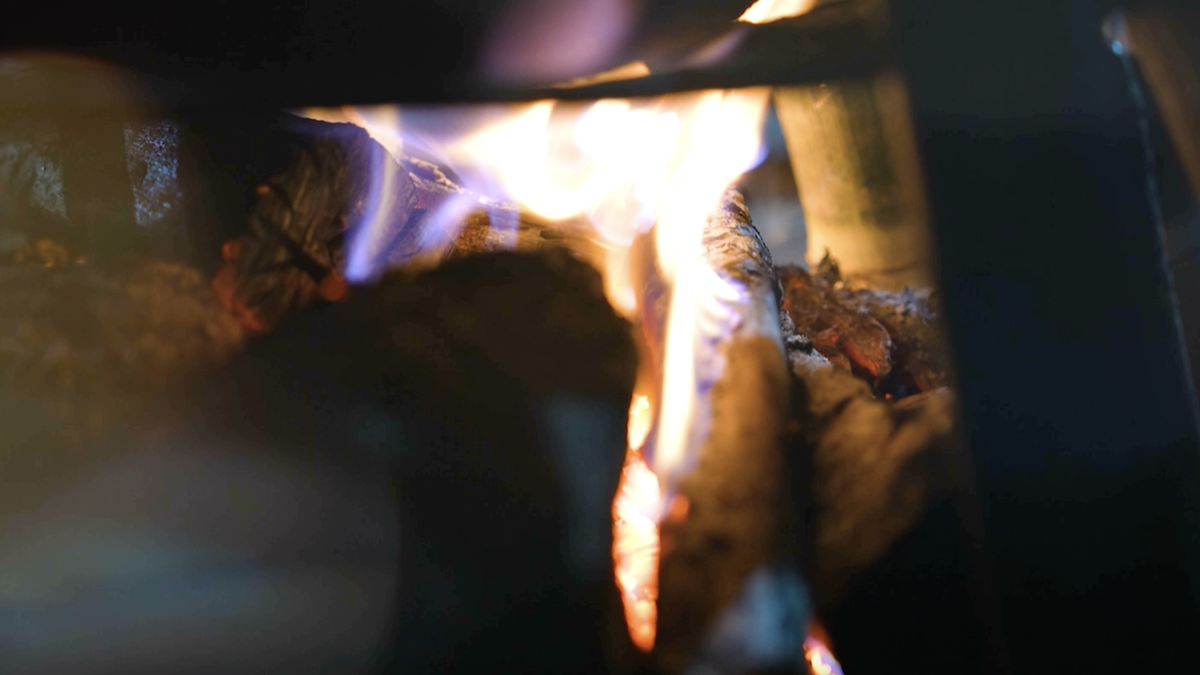


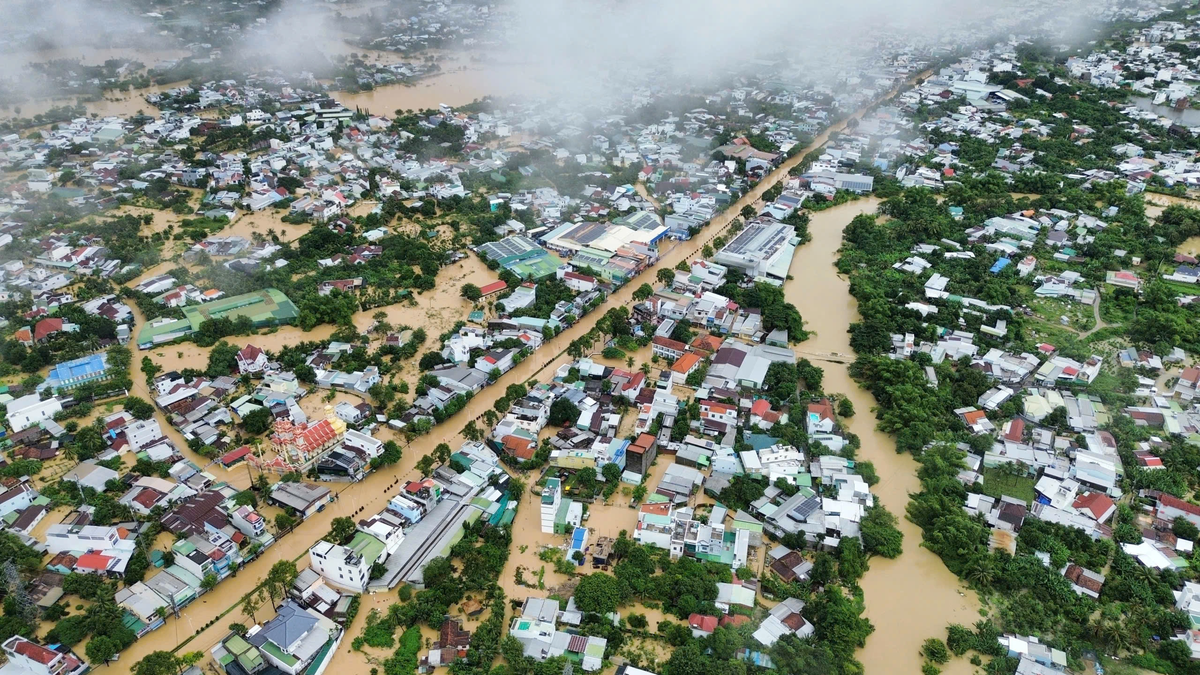





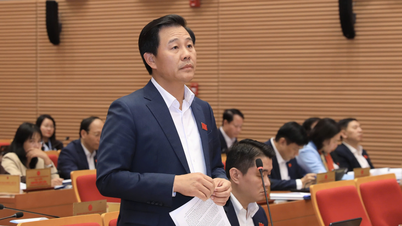
![[Photo] Opening of the 28th Session of the Hanoi People's Council](https://vphoto.vietnam.vn/thumb/402x226/vietnam/resource/IMAGE/2025/11/26/1764155991133_image.jpeg)




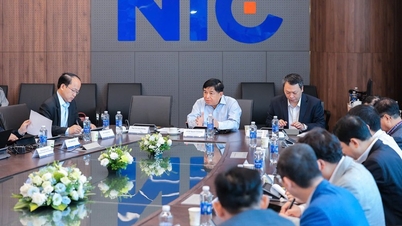




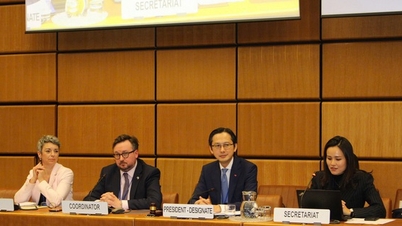
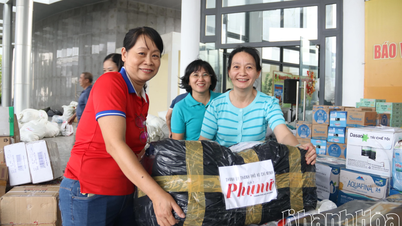



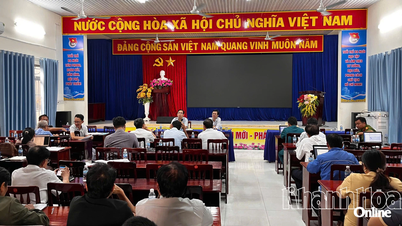
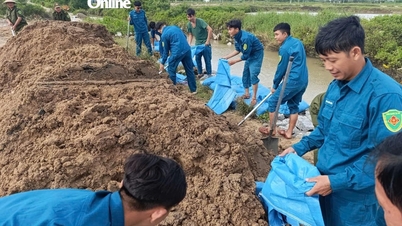



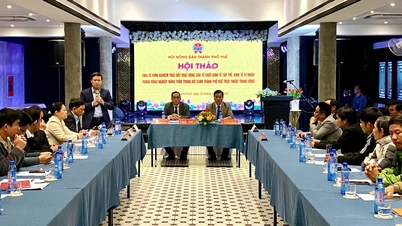










Comment (0)